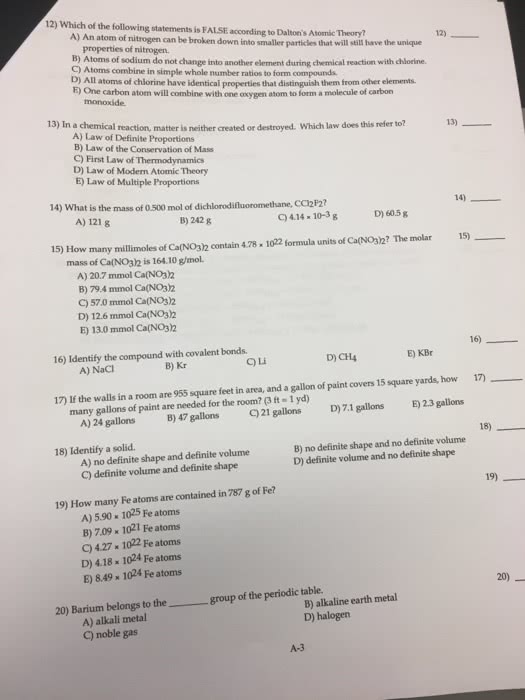CHEM 1A03 Lecture Notes - Lecture 6: Coordinate Covalent Bond, Lattice Energy, Ionic Bonding
49 views2 pages
4 Dec 2016
School
Department
Course
Professor

35
CHEM 1A03 Full Course Notes
Verified Note
35 documents
Document Summary
Distinguish ionic from covalent bonding and determine bond polarity. Draw resonance structures and calculate average formal charge and average bond order. Ionic bonding usually occurs between a metal and a non-metal and involves the transfer of electrons from one atom to another. Example: if we have sodium and chlorine, the electron from the sodium atom will be lost and the chlorine atom would gain one in order to attain noble-gas configurations. We measure the strength of an ionic bond using a term called lattice enthalpy. This is defined as the energy released when we take a stoichiometric number of moles of ions in the gas phase and combine them into one mole of a salt, in the solid state. In a covalent bond, electrons are shared and it generally occurs between two non-metals. This is because both atoms are trying to complete their octet.
Get access
Grade+
$40 USD/m
Billed monthly

Homework Help
Study Guides
Textbook Solutions
Class Notes
Textbook Notes
Booster Class
10 Verified Answers
Class+
$30 USD/m
Billed monthly

Homework Help
Study Guides
Textbook Solutions
Class Notes
Textbook Notes
Booster Class
7 Verified Answers
Related textbook solutions
Chemistry: Structure and Properties
2 Edition,
Tro
ISBN: 9780134293936
Basic Chemistry
5 Edition,
Timberlake
ISBN: 9780134138046
Principles of Chemistry Molecular Approach
4th Edition,
Tro
ISBN: 9780134112831
Chemistry: Structure and Properties
2nd Edition,
Tro
ISBN: 9780134293936
Principles of Chemistry Molecular Approach
3rd Edition, 2014
Tro
ISBN: 9780321971944
Chemistry: A Molecular Approach
3rd Edition,
Tro
ISBN: 9780321809247
Chemistry: A Molecular Approach
5th Edition,
Tro
ISBN: 9780134874371
Principles of Chemistry: A Molecular Approach
4th Edition,
Tro
ISBN: 9780134895741
Chemistry: The Central Science
14th Edition, 2017
Brown
ISBN: 9780134414232


